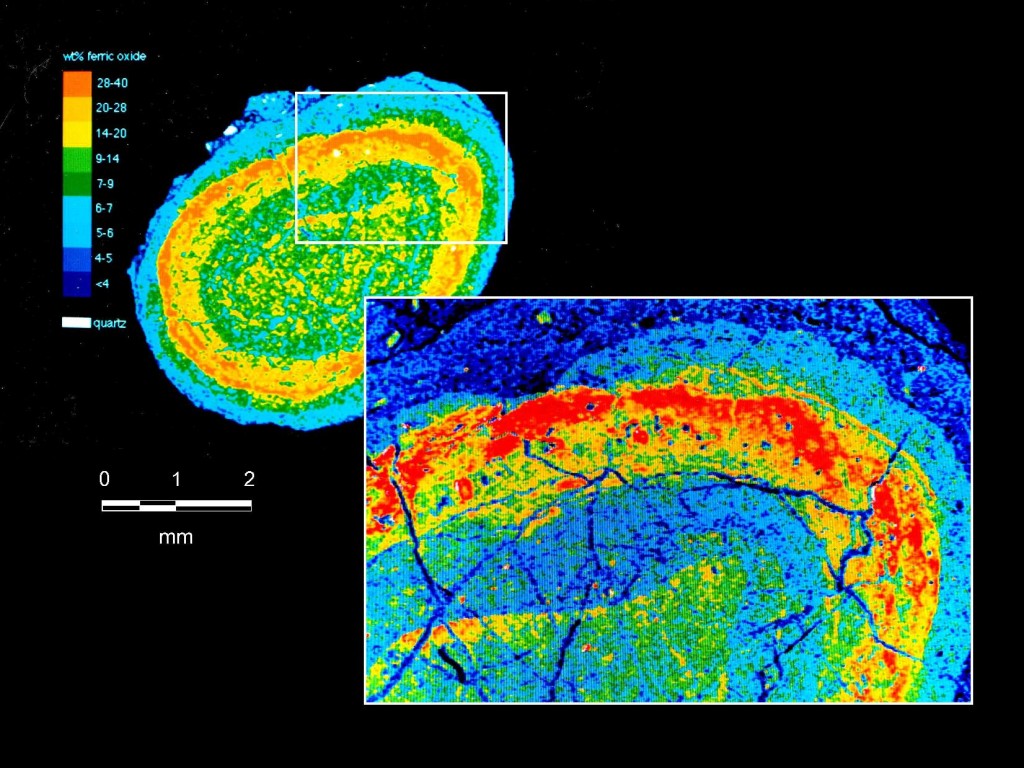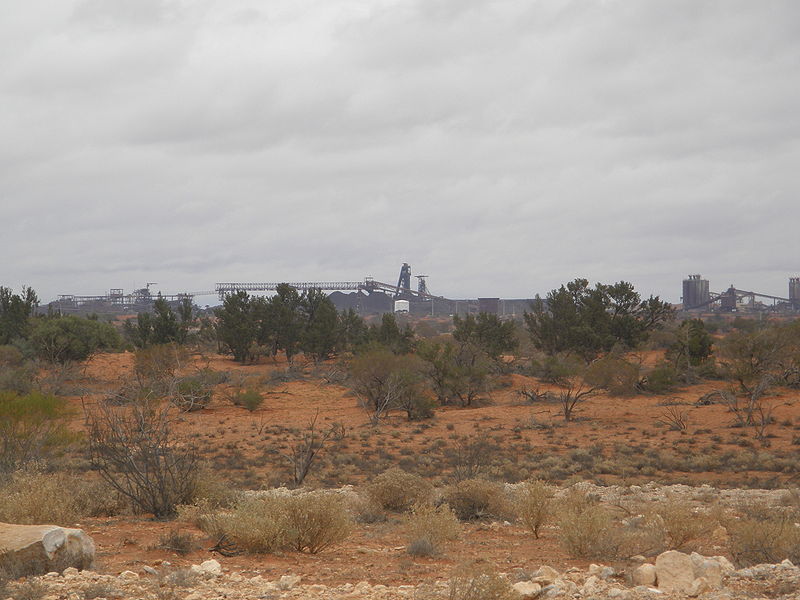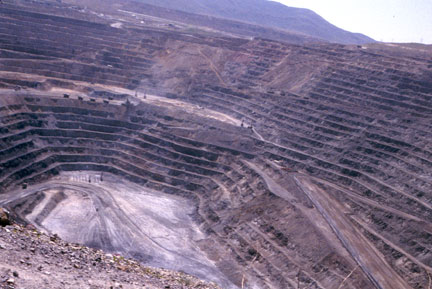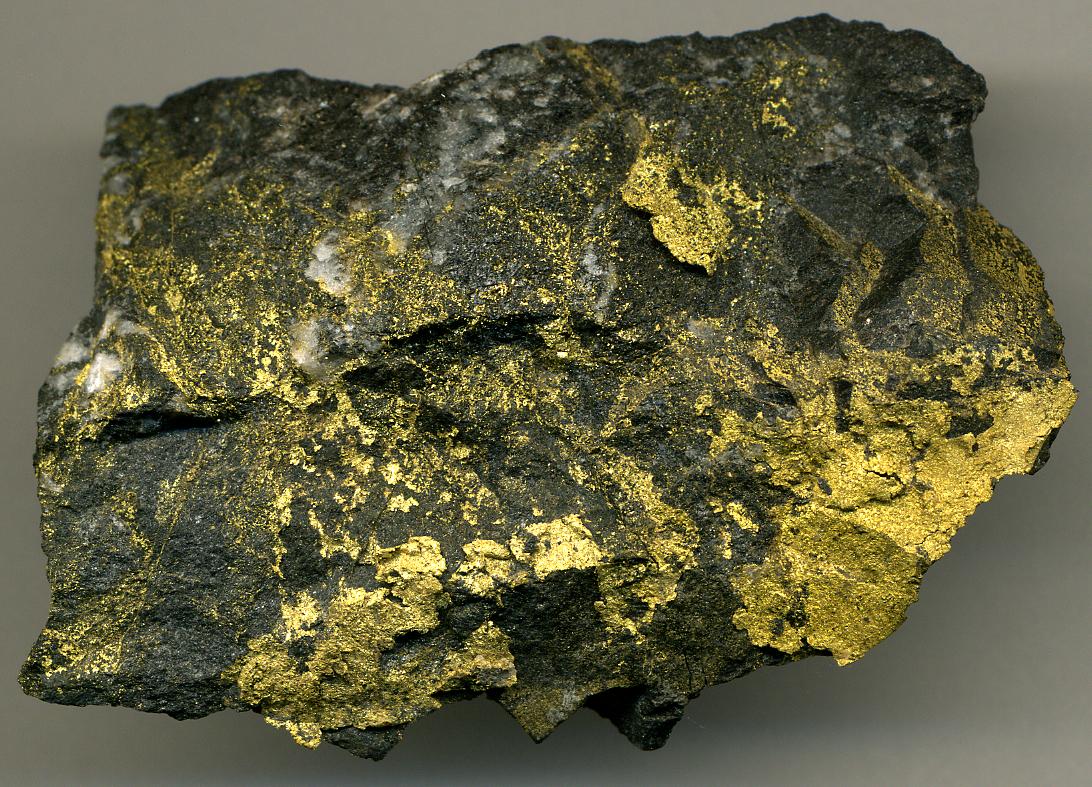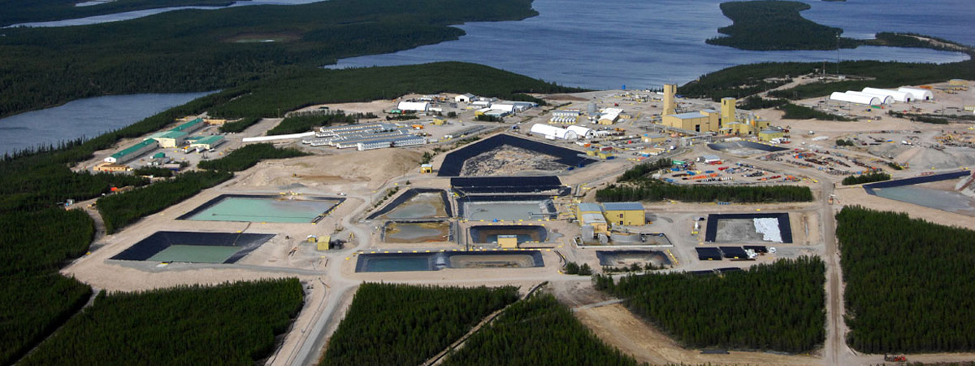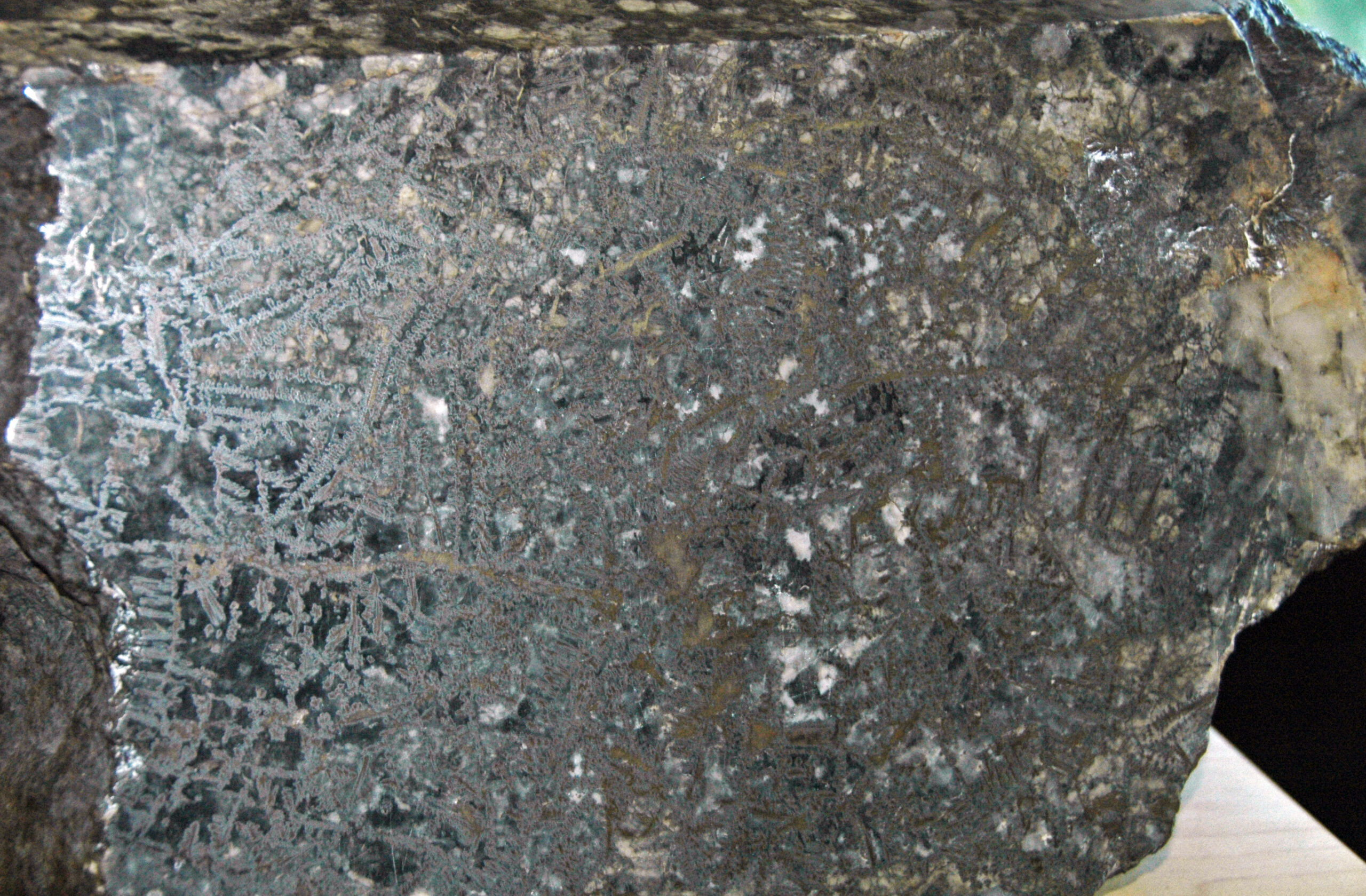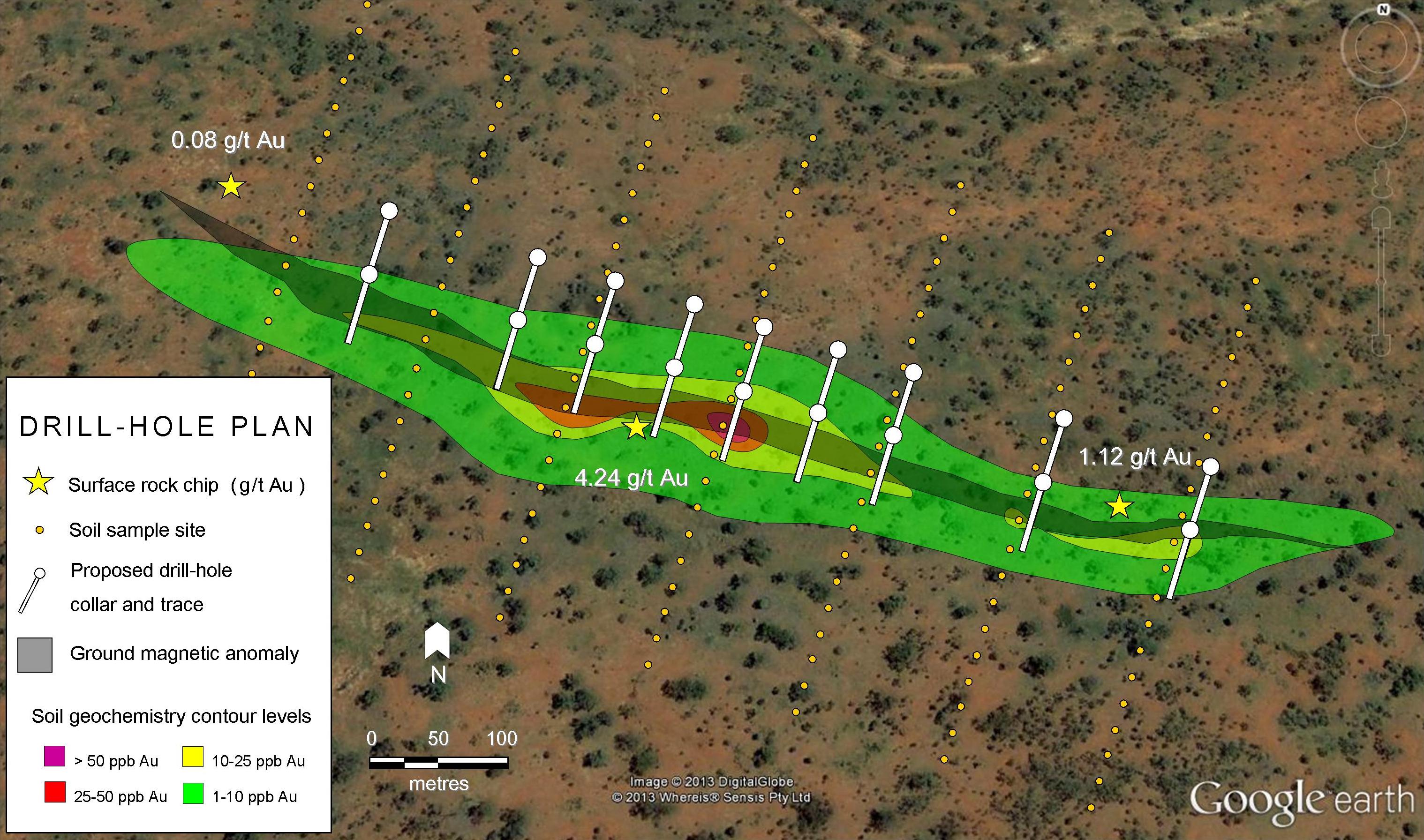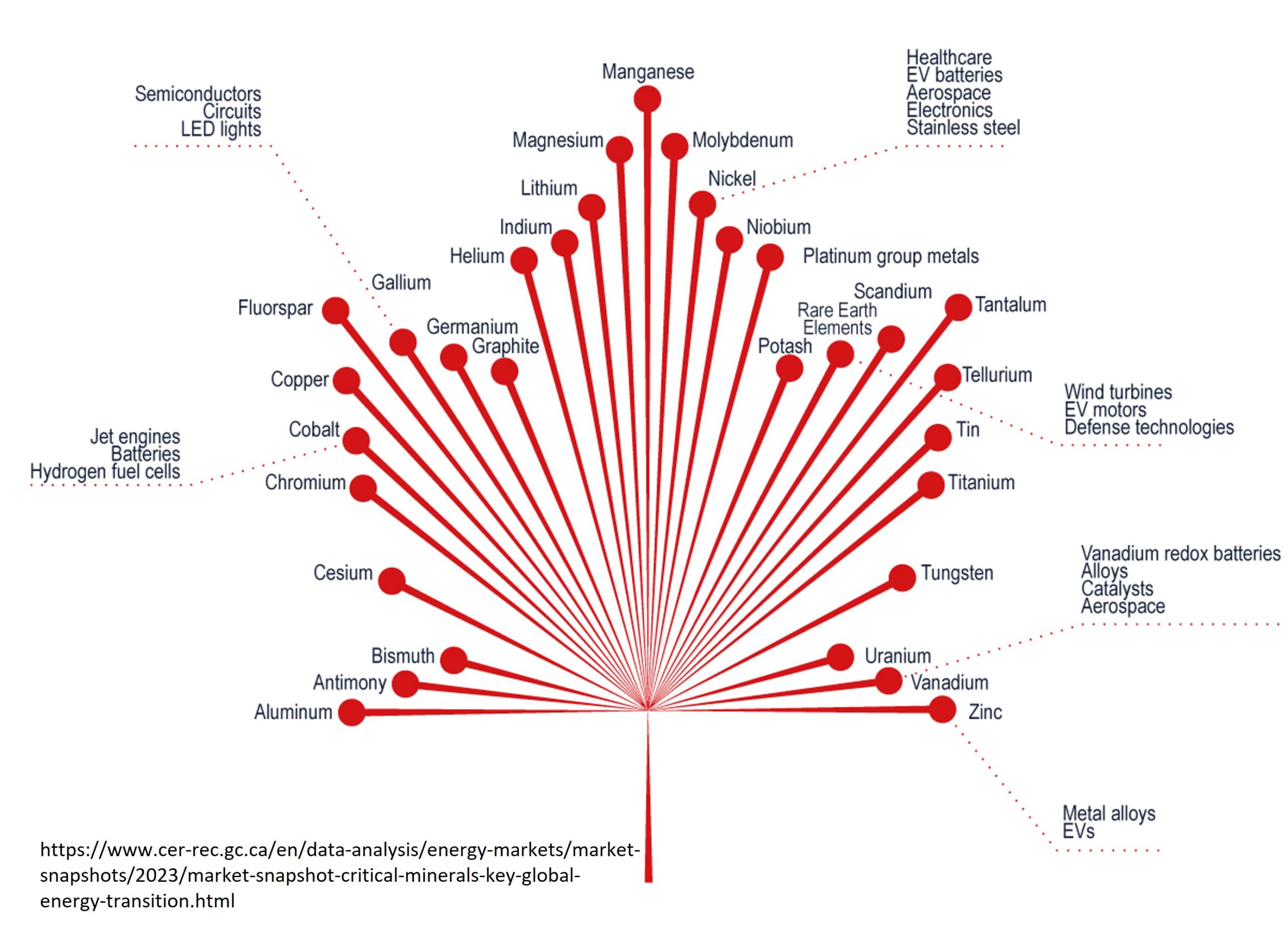The Atolia (or Atolia-Rand) tungsten area, also known as Atolia mining district, is located in the Mojave Desert in western part of San Bernardino County near the border with Kern County in California. It is still considered to be the greatest producer of high-grade tungsten in North America. From the discovery of tungsten deposits back in 1904 and up to 1950, Atolia accounted for nearly 90% of the total production of more than 20,000,000 lbs of tungsten. The district’s Papoose mine was the leading scheelite mine in the world between 1908 and 1911. The grade of ore veins was reported to lie in the range between 3.5wt% and 8.5wt% WO3, locally reaching 10.6wt% (Mahood mine) or even 15.3wt% (Papoose mine). Strangely, the district was firstly exploited for placer gold deposits with no exploration or mining for tungsten. Later, the area became a target for extensive PGE, Ag, Sn, Ta, and Nb exploration with huge success in silver. Like many historic mining districts, the area is currently under re-evaluation. Targets of interest include the more than 100,000 tons of tailings with nearly 0.35wt% of WO3 and abandoned mines whose grades were not sufficiently profitable to continue mining in the 1940-50’s.
Mining History
Gold was discovered in the area in 1893 and was produced primarily from the Yellow Aster mine with minor production of silver as by-product. The silver lowered the value and purity of the gold bullion and no major attempts to discover silver were made at that time. The first gold miners had trouble with separating white substance called “heavy spar” from gold at the Yellow Aster mill. Later, this float was recognized as scheelite – a calcium tungstate mineral and major source of tungsten. The discovery of the tungsten and it’s demand for use in hardening steel led to the founding of the tungsten-oriented Atolia Mining Company in 1905. In 1919, when the post-war tungsten boom was winding down, a high-grade silver deposit was discovered and regional production shifted. The Kelly silver mine – a historically important mine – eventually extended nearly 1,000 feet deep and produced more than $90,000,000 in gold ($160/oz gold) and silver.
Different boom periods overlapped. Even when scheelite was identified, Atolia was still producing gold. After the Kelly mine was settled the area was simultaneously produced gold, silver and tungsten. Primary mining techniques included open cut and underground (shafts, shrinkage, open-stope), while the processing techniques consisted of halide leaching, aqua regia, a mill for processing coarse scheelite, jig concentrators, deister table concentrators, Reichert spiral concentrators, magnetic separators and other.
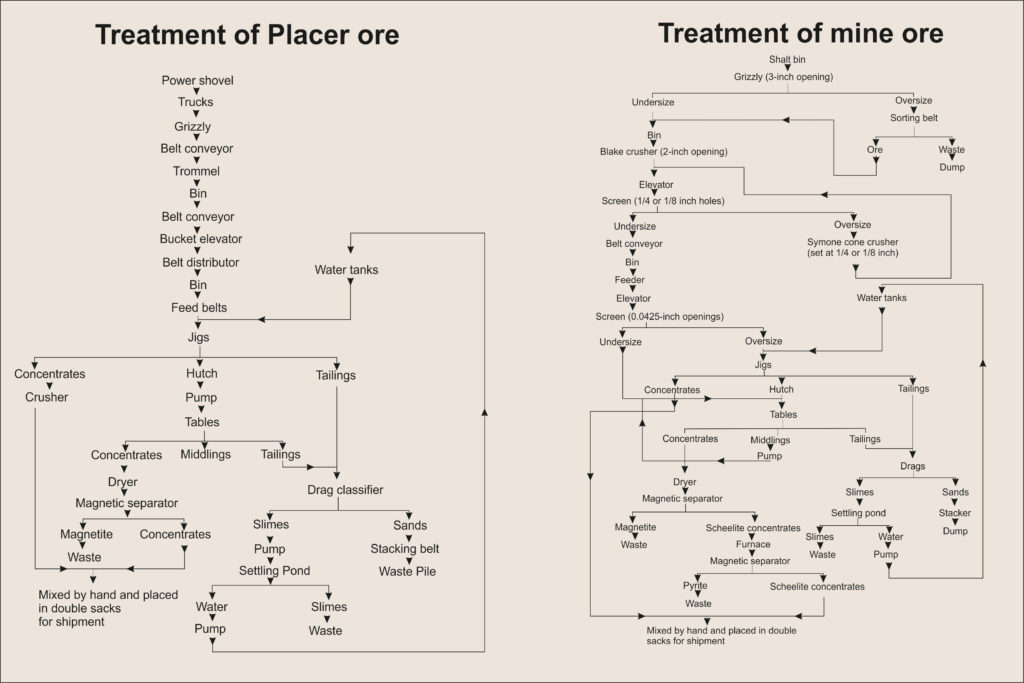
Geological Overview
The typical mineral assemblage of tungsten ore includes high-grade massive scheelite (CaWO4) with lesser quartz (SiO2) and its varieties along with carbonates (calcite – CaCO3, dolomite – CaMg(CO3)2, and siderite – FeCO3), minor pyrite (FeS2), stibnite (Sb2S3), and cinnabar (HgS). Due to the fact that scheelite has a weathering resistance similar to quartz; the formation of tungsten placer deposits at Randsburg-Atolia is associated directly with this characteristic.
The basement rocks of the area are represented by Precambrian metamorphic rocks (Archean Rand biotite schists) intruded by Mesozoic (late Jurassic) granitic rocks (Atolia quartz monzonite). These Precambrian sequences contain high-grade gold-tungsten-bearing fissure veins, which were the source of placer deposits at Atolia. The local fault system, specifically Garlock fault and subparallel fracture zones, being a part of the San Andreas rift system and marking the boundary between the Basin-and-Range province and the Mojave Desert, has influenced and controlled the intrusion of Mesozoic granites and are likely to account for the formation of lode deposits in the area.
The igneous and metamorphic units were exposed, eroded and covered with Tertiary (Upper Miocene) Red Mountain Rosamond Series (or Bedrock Springs Formation) of poorly consolidated gravels and unsorted alluvium which concealed all ore-bearing veins, except the Papoose vein and host placer gold and tungsten. All of these sequences were intruded by rhyolitic (volcanic) domes, diorite, basalt and diabase dykes as well as aplitic veins.
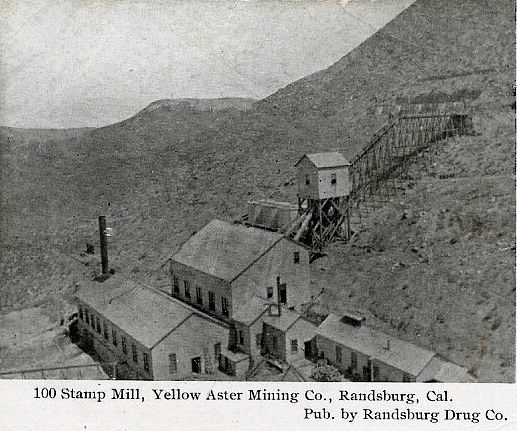 The field observations suggest a very close genetic relation between the earlier scheelite veins, the primary gold mineralization and the younger granitic rocks. That’s why it was expected that the placer deposits will have a similar association of these metals, reflecting the primary associations and several efforts have been made to identify REE metals in the area.
The field observations suggest a very close genetic relation between the earlier scheelite veins, the primary gold mineralization and the younger granitic rocks. That’s why it was expected that the placer deposits will have a similar association of these metals, reflecting the primary associations and several efforts have been made to identify REE metals in the area.
It is suggested that the tungsten veins were precipitated from hot hydrothermal solutions, which rose through fault fissures till the temperature and pressure were suitable for crystallization and deposition of the scheelite and associated ore minerals. Though the age of ore vein genesis remains unresolved, they are most likely younger than the country granites (late Jurassic), but older than Miocene, since they are cut by Miocene diabase dykes in the Union mine.
Conclusions
The target commodities (tungsten, gold and silver) in the area are contained in both lode and placer deposits. Despite the fact that the potential of placer gold deposits is already established and well known, most gold appears to be fine-grained and not suitable for economic recovery. On the other hand, it is assumed that multiple high-grade lode deposits are yet to be discovered. There have been several attempts made to re-evaluate the area potential with the aim of returning this historically mined region to a production once again. As of December 31st, 2010, total proven and probable resources of the Atolia and Red Mountain projects was calculated to be more than 28 million tonnes (dumps, placers and tails) with a total value of more than $2.3 Billion USD.
Further Reading
- An introduction to placer deposits (academic presentation)
- A survey of the genesis of the tungsten deposits in the United States 1936 (monography)
- A synopsis of the geologic and structural history of the Randsburg Mining District (thesis)

